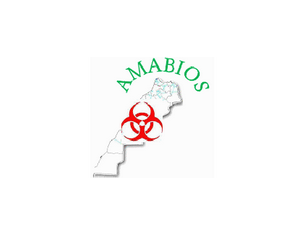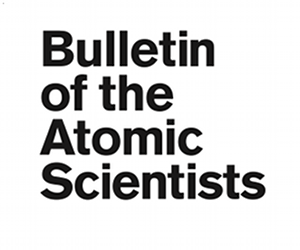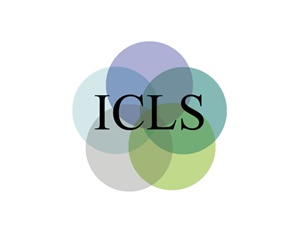This regulation prescribes policies, procedures, and responsibilities for the Army Biological Surety Program in accordance with DODD 5210.88. Along with guidance to be published by the Office of the Provost Marshal General, it also implements DOD physical security requirements pertaining to surety matters for biological select agents and toxins.
Browse By Region

Browse By Type
Browse By Date Range
Army Regulation 50-1: Biological Surety
- July 28, 2008
- | Filed under North America, Report, and 2001-2025
Awareness of Education about the Biological Weapons Convention (BTWC): Why this is needed by all life scientists and how that might be achieved
Research Report for the Wellcome Trust Project on `Building a Sustainable Capacity in Dual-use Bioethics`
By Malcolm Dando
Article IV of the BTWC requires that States Parties “prohibit and prevent” what is banned by Article 1. As long ago as the Second Review Conference in 1986 States Parties agreed that education and awareness of life scientists was an important element in prevention, yet discussions in Geneva in recent years have show quite clearly that such scientists are not aware of the Convention and their obligations under it. This paper argues that this is largely the result of the absence of such material in the education of life scientists and suggests ways in which States Parties might be able to use low cost practical initiatives to correct the educational deficiency and thereby strengthen the Convention and overall prohibition regime.
- April 29, 2011
- | Filed under Europe, Commentary, and 2001-2025
Balancing Scientific Publication and National Security Concerns: Issues for Congress
“This report presents recent examples of scientific research results whose publication raised concern regarding the threat they potentially pose to national security. Past and current information control mechanisms are discussed, along with current federal policy concerning dissemination of fundamental research results through the open literature. Recent policy actions regarding dissemination of federal information and federally funded research results are outlined, along with the response these actions have evoked from various professional societies and publishers. The advantages and disadvantages to potential policy actions addressing classifications and other controls over open publication of federally funded research results are also described.”
By Dana A. Shea
- July 11, 2011
- | Filed under North America, Report, and 2001-2025
Banning Poison Gas and Germ Warfare: Should the United States Agree?
“This article will consider whether the principles of the Geneva Protocol have become so widely accepted that they apply to the United States even though it is not a party. It will analyze the effect of existing reservations to the Protocol, discuss the United States use of tear gases and herbicides in Vietnam in light of its provisions, and recommend that the Protocol be approved by the Senate. This article will first describe the international agreements dealing with poison gas and germ warfare, and the reasons which prevented the United States from becoming a party to them.”
By George Bunn
- June 29, 2011
- | Filed under North America, Commentary, and 1951-1975





























Assessing the Biological Weapons and Bioterrorism Threat
“The distribution of professionally prepared anthrax spores through the U.S. postal system in the weeks afterwards September 11, 2001, magnified previous concerns by orders of magnitude. In December 2002, after U.S. forces had overrun much of the territory of Afghanistan, it was discovered that the al-Qaida organization also had spent several years trying to obtain the knowledge and means to produce biological agents. These new factors shifted the context in which BW was considered almost entirely to “bioterrorism.” Within 4 years, almost $30 billion in federal expenditure was appropriated to counter the anticipated threat. This response took place in the absence of virtually any threat analysis. The purpose of this monograph is to begin to fill that gap.”
By Milton Leitenberg
View Document